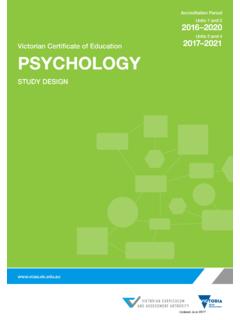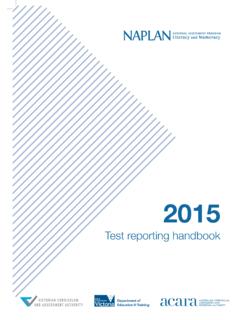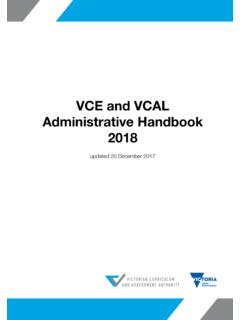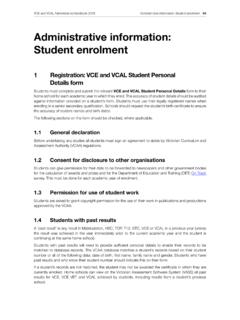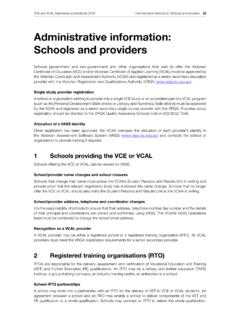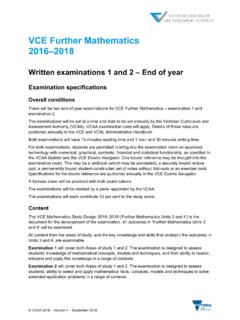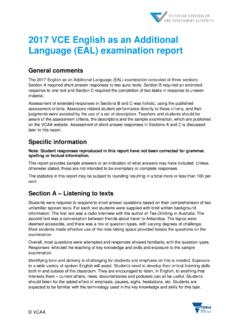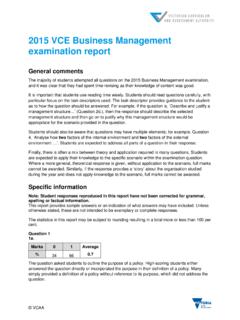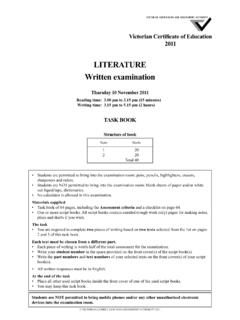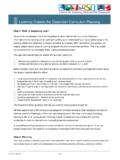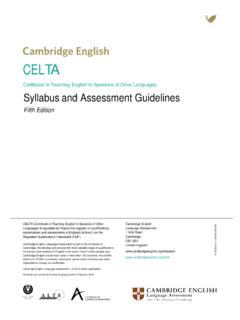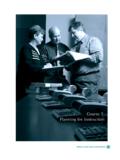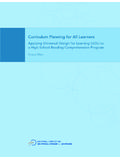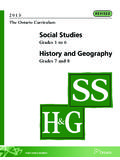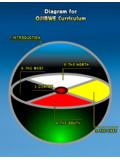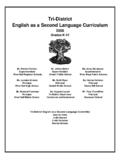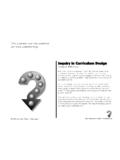Transcription of Victorian Curriculum F 10
1 Victorian Curriculum F 10 Revised Curriculum planning and reporting guidelines December 2015 Victorian Curriculum F 10: Revised Curriculum planning and reporting guidelines Authorised and published by the Victorian Curriculum and Assessment Authority Level 1, 2 Lonsdale Street Melbourne VIC 3000 December 2015 ISBN: 978-1-925264-27-2 Victorian Curriculum and Assessment Authority 2015 No part of this publication may be reproduced except as specified under the Copyright Act 1968 or by permission from the VCAA.
2 For more information go to: The VCAA provides the only official, up-to-date versions of VCAA publications. Details of updates can be found on the VCAA website: This publication may contain copyright material belonging to a third party. Every effort has been made to contact all copyright owners. If you believe that material in this publication is an infringement of your copyright, please email the Copyright Officer: Copyright in materials appearing at any sites linked to this document rests with the copyright owner/s of those materials, subject to the Copyright Act.
3 The VCAA recommends you refer to copyright statements at linked sites before using such materials. The VCAA logo is a registered trademark of the Victorian Curriculum and Assessment Authority. This document is also available on the following website: Victorian Curriculum and Assessment Authority at Contents Summary .. 1 Introduction .. 3 Section 1: Curriculum Design .. 6 Context .. 6 Curriculum planning Guidelines .. 18 Foundation Stage (Prep Year 2) .. 19 Breadth Stage (Years 3 8) .. 20 Pathways Stage (Years 9 10).
4 21 Section 2: Reporting Student Achievement .. 23 Context .. 23 Reporting Guidelines .. 30 VCAA Page 1 Victorian Curriculum F 10: Revised Curriculum planning and reporting guidelines Summary These guidelines provide advice for Victorian schools on the development of whole-school Curriculum plans and reporting student learning achievement based on the Victorian Curriculum F 10. Specific sectoral requirements related to Curriculum provision and reporting are the responsibility of and published by the relevant sectoral authorities.
5 The school Curriculum is a statement of the purpose of schooling. It defines what it is that all students have the opportunity to learn as a result of their schooling, set out as a series of learning progressions. Enabling students progress along this learning continuum is the fundamental role of teachers and schools. The content of the Victorian Curriculum F 10 includes both knowledge and skills. These are defined by learning areas and capabilities. This Curriculum design assumes that knowledge and skills are transferrable across learning areas and capabilities.
6 The capabilities enable students to develop particular values, dispositions and self-efficacy to become successful learners, confident and creative individuals and active and informed citizens .1 There is a distinction between the Curriculum and a school s teaching and learning program. The Curriculum is the common set of knowledge and skills that are required by all students for life-long learning, social development and active and informed citizenship. As such, the Curriculum is the foundation of schools teaching and learning programs which are the school-based plans for delivering, expanding and extending this common set of knowledge and skills in ways that best utilise local resources, expertise and contexts.
7 Schools have considerable flexibility in the design of their teaching and learning program. This enables schools to develop particular specialisations and areas of expertise and innovation while ensuring the Curriculum is delivered. The Victorian Curriculum F 10 has been designed on the assumption that it is a statement of the common set of learning, not the whole-school teaching and learning program for every school. This is to ensure there is time for schools to include in their teaching and learning program areas that reflect school or systemic priorities and for students to pursue specific interests and develop particular expertise.
8 These guidelines set out an approach to Curriculum planning and provision structured by broad stages of schooling. At the Foundation stage (Prep Year 2), schools focus on five Curriculum areas: English, Mathematics, The Arts, Health and Physical Education and Personal and Social Capability. 1 Ministerial Council on Education, Employment, Training and Youth Affairs 2008, Melbourne Declaration on Educational Goals for Young Australians, Melbourne. (accessed 7 December 2015).
9 VCAA Page 2 Schools then broaden their focus and ensure that in each two-year band of schooling at the Breadth stage (Years 3 8) student learning includes each of the Curriculum areas, with a focus on English, Mathematics and Science. In the Pathways stage (Years 9 10), schools ensure students both receive a broad education and begin to plan their senior secondary program of study, which they can commence in Year 10. There is not a centrally prescribed single template for reporting student achievement to parents.
10 Schools will be expected to report student achievement to parents every year in English, Mathematics and Science (from Year 3 onwards) against the achievement standards set out in the Victorian Curriculum F 10, including an indication of student progress against the age-related expected level of achievement. For the other learning areas and capabilities, schools should report against the Victorian Curriculum F 10 achievement standards and in relation to what has been taught in a particular semester or year and to individual learning targets.
